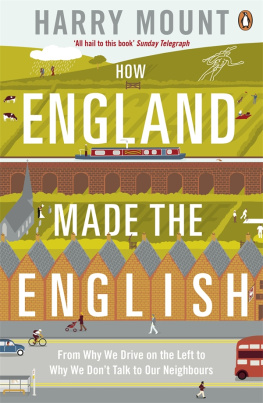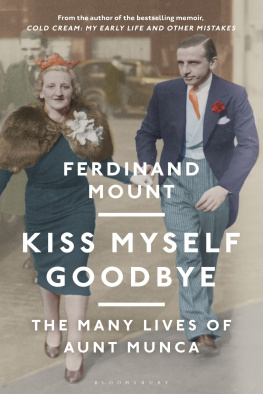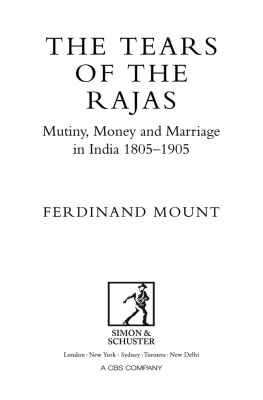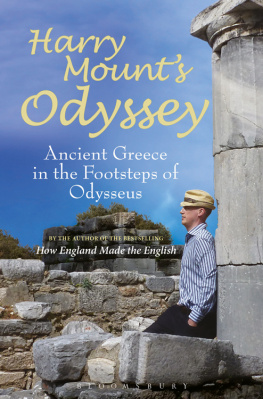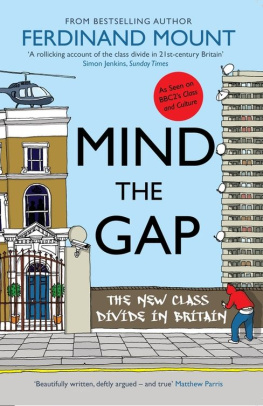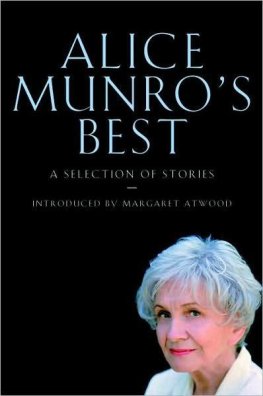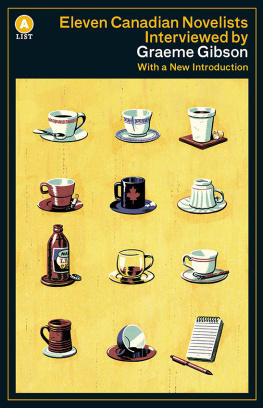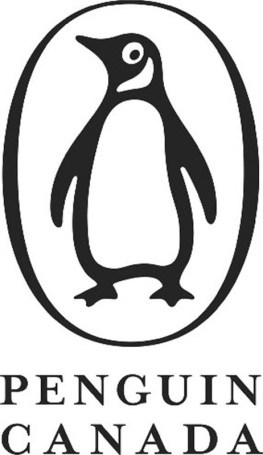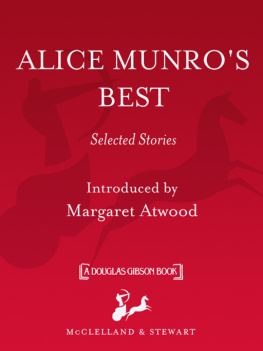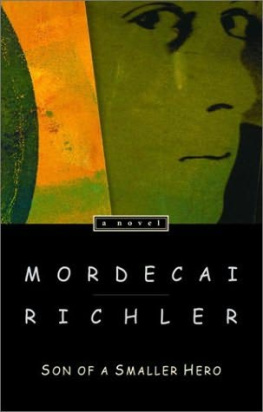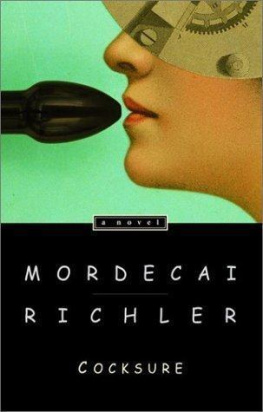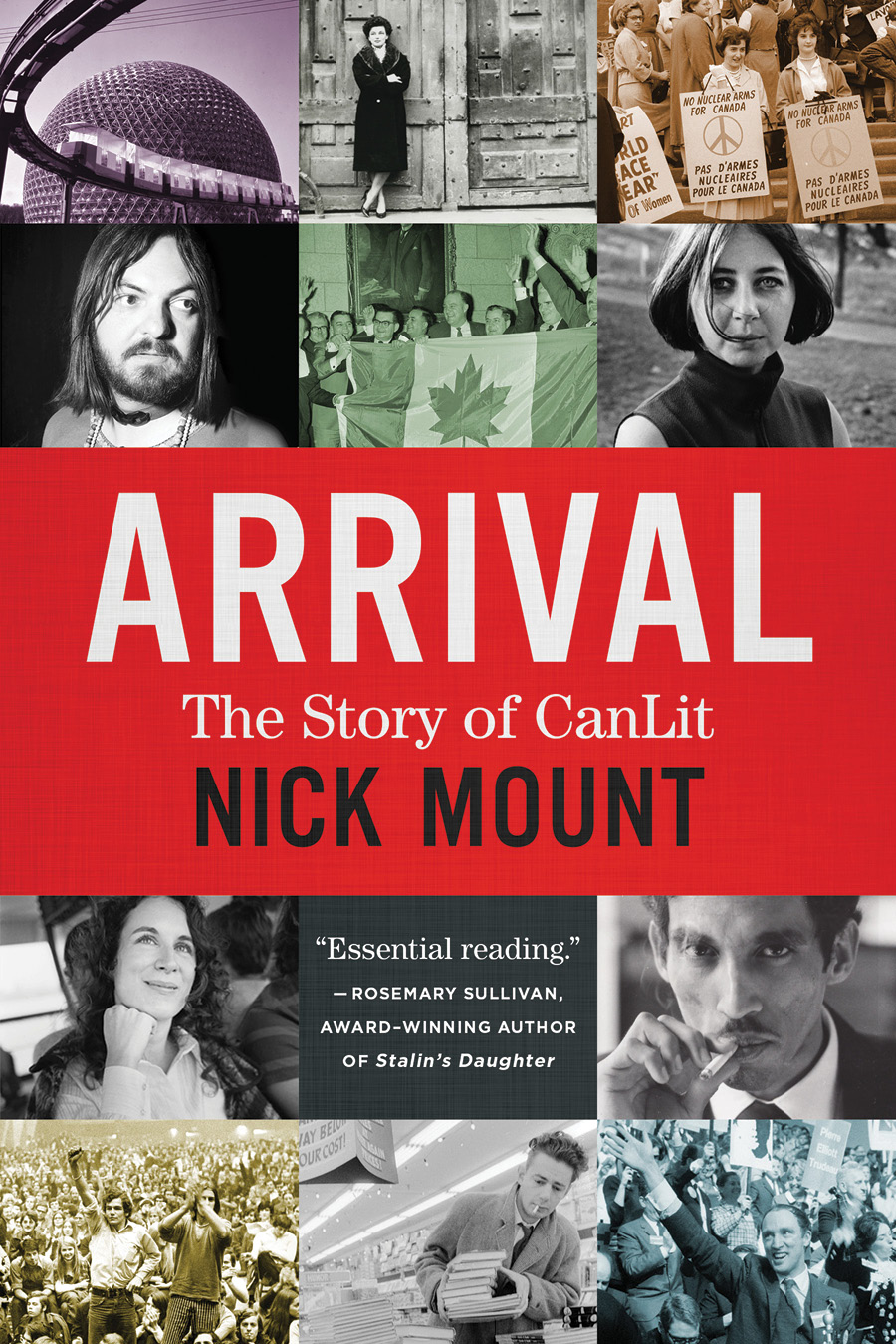Also by Nick Mount
When Canadian Literature Moved to New York
Arrival
The Story of CanLit
Nick Mount
Copyright 2017 Nick Mount
Published in Canada in 2017 and the USA in 2017 by House of Anansi Press Inc.
www.houseofanansi.com
All rights reserved. No part of this publication may be reproduced or transmitted in any form or by any means, electronic or mechanical, including photocopying, recording, or any information storage and retrieval system, without permission in writing from the publisher.
Distribution of this electronic edition via the Internet or any other means without the permission of the publisher is illegal. Please do not participate in electronic piracy of copyrighted material; purchase only authorized electronic editions. We appreciate your support of the authors rights.
Library and Archives Canada Cataloguing in Publication
Mount, Nick, 1963, author
Arrival : the story of CanLit / Nick Mount.
Includes bibliographical references and index.
Issued in print and electronic formats.
ISBN 978-1-77089-221-7 (hardcover).ISBN 978-1-77089-222-4
(EPUB).ISBN 978-1-4870-0218-3 (Kindle)
1. Canadian literature20th centuryHistory and
criticism. I. Title.
PS8061.M68 2017 C810.90054 C2017-901117-0
C2017-901118
Book design: Alysia Shewchuk
Front cover images: (Top row, L-R) United States Pavilion and view of the minirail at Expo 67 / LAC / e000990869; Mavis Gallant Mary K. MacLeod for the Mavis Gallant estate; Women on steps holding signs No Nuclear Arms for Canada - Pas darmes nuclaires pour le Canada / Duncan Cameron / LAC / PA-209888 (2nd row, L-R) Michel Tremblay, 1971 Ral Filion; Members of Parliament with flag at the time of closure during the flag debate / Duncan Cameron / LAC / PA-142624; Gwendolyn MacEwen, 1970 Sheldon Grimson (3rd row, L-R) Margaret Atwood, 1970 Sheldon Grimson; Harold Sonny Ladoo, 1972 Graeme Gibson (4th row, L-R) FLQ support / The Canadian Press / Montreal Gazette; Mordecai Richler, 1957 / Horst Ehricht / LAC / e002712851; Liberal Convention / Duncan Cameron / LAC / PA-111213

We acknowledge for their financial support of our publishing program the Canada Council for the Arts, the Ontario Arts Council, and the Government of Canada through the Canada Book Fund .
for David and Tegan
who have never known a time I wasnt working on
that stupid book
Contents
You, historian, looking back at us.
Do you think Im not trying to be helpful?
Margaret Avison, To Professor X, Year Y
Preface
I WROTE THIS BOOK BECAUSE IT DIDNT EXIST. We have many excellent biographies of the writers who emerged during what came to be called the CanLit boom. We also have some good histories of the publishing side of the story in both English and French Canada, and a great many books about the time itself. What we dont have is a book that puts all those stories together. This is the first book to try to do that, to tell the whole story, for both those who know parts of it and those who know none of it. Im an academic, and this book builds on existing scholarship as well as many new interviews and many hours in many archives. But its not an academic book. I just wanted to tell a story, or bring together many stories between a single set of covers.
Several people with whom I spoke for this book hoped it would also evaluate the writing left behind by the CanLit boom, that the time had come to separate great books from honest work. I didnt want to write that book time and readers generally do a better job than critics of preserving the books that matter, and I didnt want criticism to get in the way of an already large story. But for those people, and because I am a reader too, I have placed throughout this book brief assessments of the most popular, acclaimed, or otherwise remarkable books from the period. No doubt foolishly, I have rated each of these books using the following system:
got published
occasionally interesting
very good
excellent; among the best of its kind
world classic
I had hoped a digital version of this book would allow readers to disagree with my ratings and modify them over time that, as they say, there would be an app for that. This hasnt turned out to be possible, so youll just have to disagree the old-fashioned way, by writing your own ranking in the margin. (Or by telling me Im wrong on Twitter, if its still around: @profnickmount.) I have tried to place these reviews where they will be helpful to the main story, but theyre not essential to that story you can read or skip them as you like.
By chance as much as planning mostly because it took over ten years to write Arrival has arrived in the sesquicentennial year, Canadas 150th birthday. Thats appropriate, because much of its about Canadas last big birthday, the energies that coalesced around the Centennial of 1967. But its not for that Canada, or those people (partly because Im not one of them I wasnt alive when much of this story takes place, and Im not old enough to have read any of its writers at that time). This book is about the past, but like all such books, its for the present, a book that I hope helps explain how we got from there to here, from a country without a literature to a literature without a country.
N.M.
Chapter 1
Surfacing
H E HAD A SMALL CROSS tattooed on his chest and a significant scar on his throat. He told different stories about how he got them. In one version, the tattoo was a grateful reminder of his education in a Canadian church mission school and the scar the remains of a childhood surgery. At another time, for another audience, he might say he picked up the tattoo while drunk on shore leave, the scar in a knife fight.
Harold Sonny Ladoo emigrated from Trinidad to Canada in 1968, an early arrival in a wave of immigration made possible by a new points system that made Canada more open than ever before to immigration from non-European countries. Like most such immigrants, he came to Toronto. He came in his early twenties, already married, with children. And he came determined. You might doubt his stories, but no one who met Harold never Harry ever doubted he would tell them.
Two years and a lot of dishwashing later, he met the new writer-in-residence of the new Erindale College at the new Islington subway station. As Peter Such tells it, he noticed a young man in a cheap coat several sizes too large for him, a man staring straight ahead, looking at somewhere else completely. Whatever he saw out there, he wrote it down on the back of a TTC transfer. On a hunch, Such asked the young man if he was a writer; he said, yes, I am. Such invited him to see Erindale, and with the help of an equally impressed registrar, Harold Ladoo found himself enrolled as a mature student at the new Mississauga campus of the University of Toronto.
The calendar said 1970 but it was still the sixties, and the talk in his corner of the student cafeteria was of Marx and Fanon, Lenin and Mao, Che Guevara and Angela Davis. Ladoo joined the battle as if he had been waiting for it his whole life (because he had), arguing about anything and everything, vigorously, intensely, to win. The other students called him Plato, partly out of respect, partly to mock him. He liked it. He was of them but apart from them, disdainful even, caring more for the words he was forever writing than the words and worries of others. A writer.


